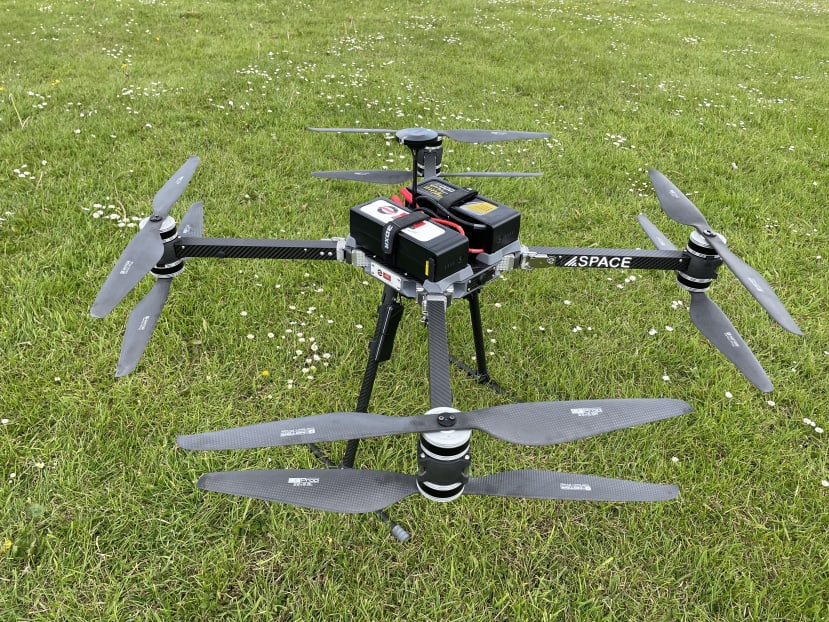Heavy-Lift Drone
Follow articleHow do you feel about this article? Help us to provide better content for you.
Thank you! Your feedback has been received.
There was a problem submitting your feedback, please try again later.
What do you think of this article?
My name is George Boufidis. I have just finished my final year studying mechanical engineering at the University of Sheffield. As part of my dissertation for my master’s in mechanical engineering, I designed, manufactured, and tested an efficient and reliable heavy-lift drone, that could be used in various high-end applications including professional aerial cinematography, package transportation and first aid response. I choose this project following my passion to expand my knowledge of pure mechanical engineering, to electronics and control, to gain experience in robotics and the integration of mechatronic projects.
This was an individual project. I followed a thorough engineering approach throughout all the stages of the project to fulfil the objectives. I started by critically analysing existing systems to acquire strategic information for the development of an innovative solution. I used then an optimisation methodology to select the configuration and critical components of the propulsion system, in order to set a competitive baseline for the design. I modelled the drone completely in Siemens NX CAD software and validated it with FEA, in a meticulous design phase with an emphasis on details. I manufactured a full-scale prototype, using the available facilities at the university. Finally, I tested the system to evaluate and compare the performance with the predicted values, in order to validate the suitability of the proposed analysis and design. The video below shows the finished prototype in action, so sit back and enjoy!
The most technically challenging part of the project was the electronics due to my limited prior experience. However, the greatest challenges faced were the funding pursuit and time constraints. It was an ambitious and expensive project to complete within a year, but the skills that I have learnt at the university helped me to implement a holistic design methodology, yielding a successful outcome. Perhaps the most important lesson learnt was therefore that all obstacles can be confronted with adequate preparation, planning, perseverance, and hard work.
The drone is not yet fully optimised and will require further work, but it is a good baseline for a system that could potentially compete even with the industry-leader DJI drones. I am planning to continue the testing and improvement of the system, and potentially develop it into a business idea.
This project wouldn’t have been possible without the immense support from all project sponsors. I would like to thank the gold sponsor SPACE HELLAS S.A. for believing and supporting this ambitious project, whose generous support almost single-handedly enabled the manufacturing and testing of the prototype drone. I will be eternally grateful. I would also like to thank Olympia Electronics for being the first to answer my call for help and support my initiative. The contribution by RS Grass Roots Education has helped me by providing me with all the fasteners and other components necessary for the system. I would like to extend my thanks to 3DXR for the discounts on various components of the drone and Graphite Additive Manufacturing Limited for the high-quality 3D printed parts.


